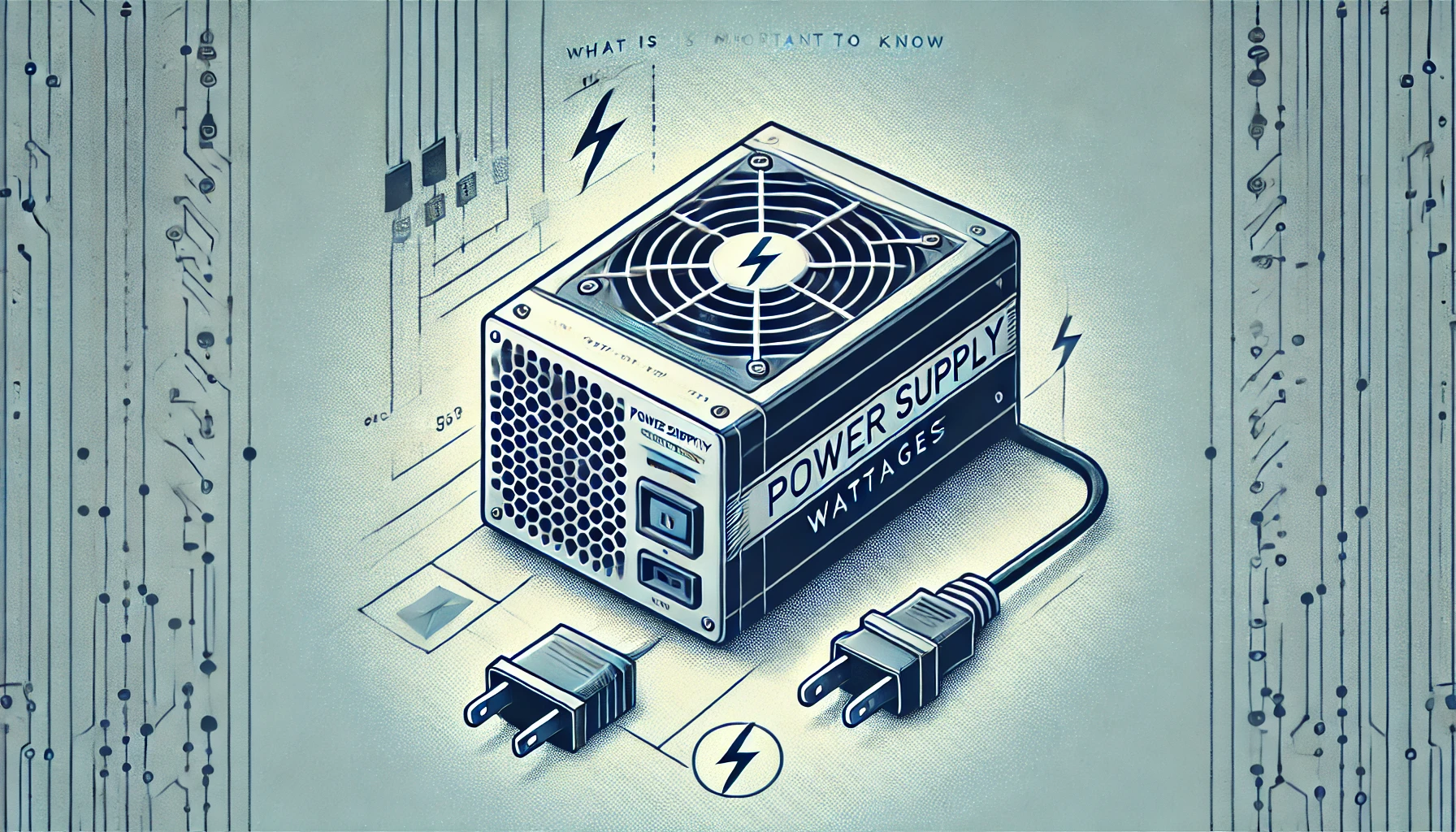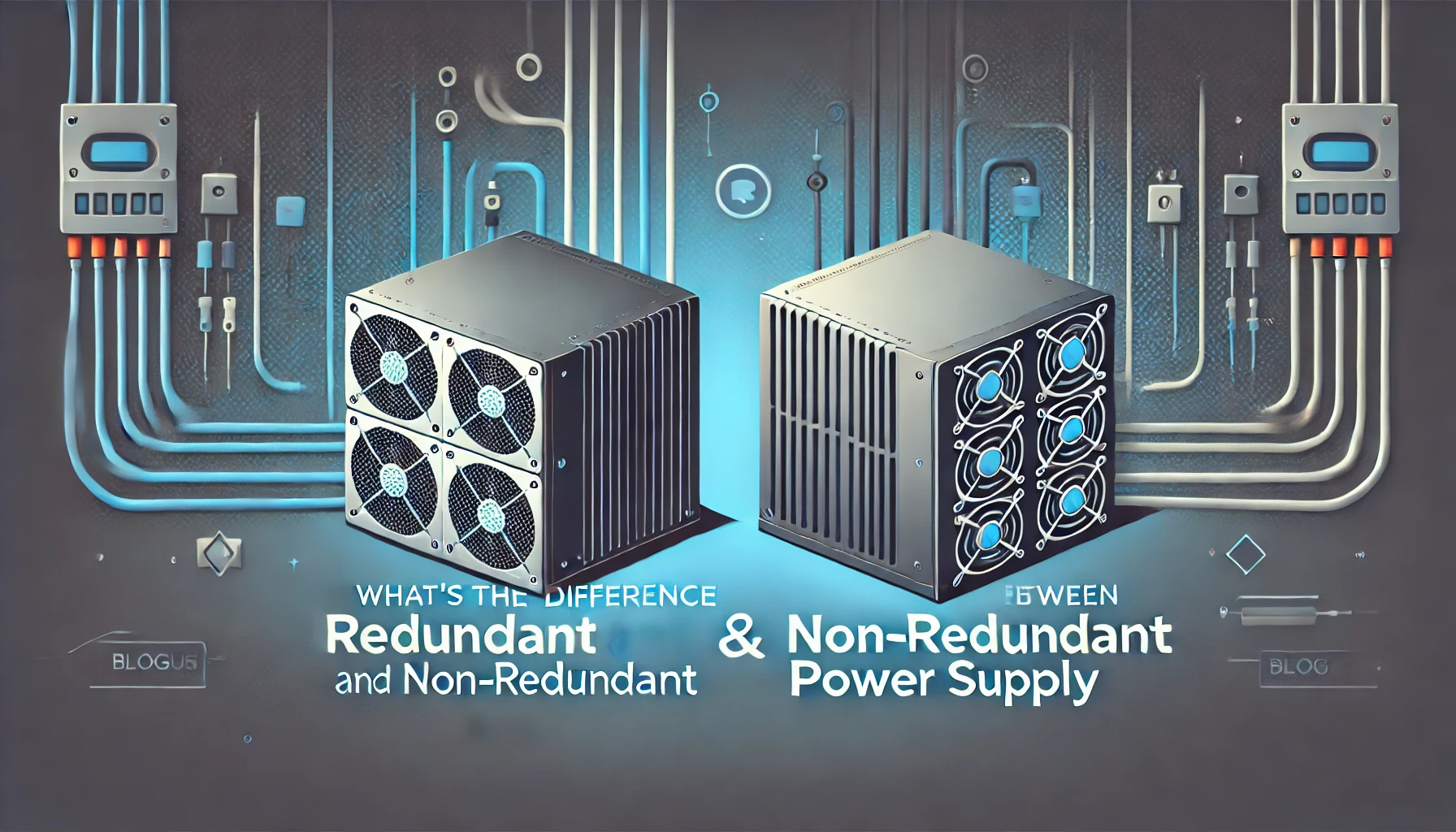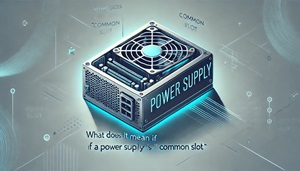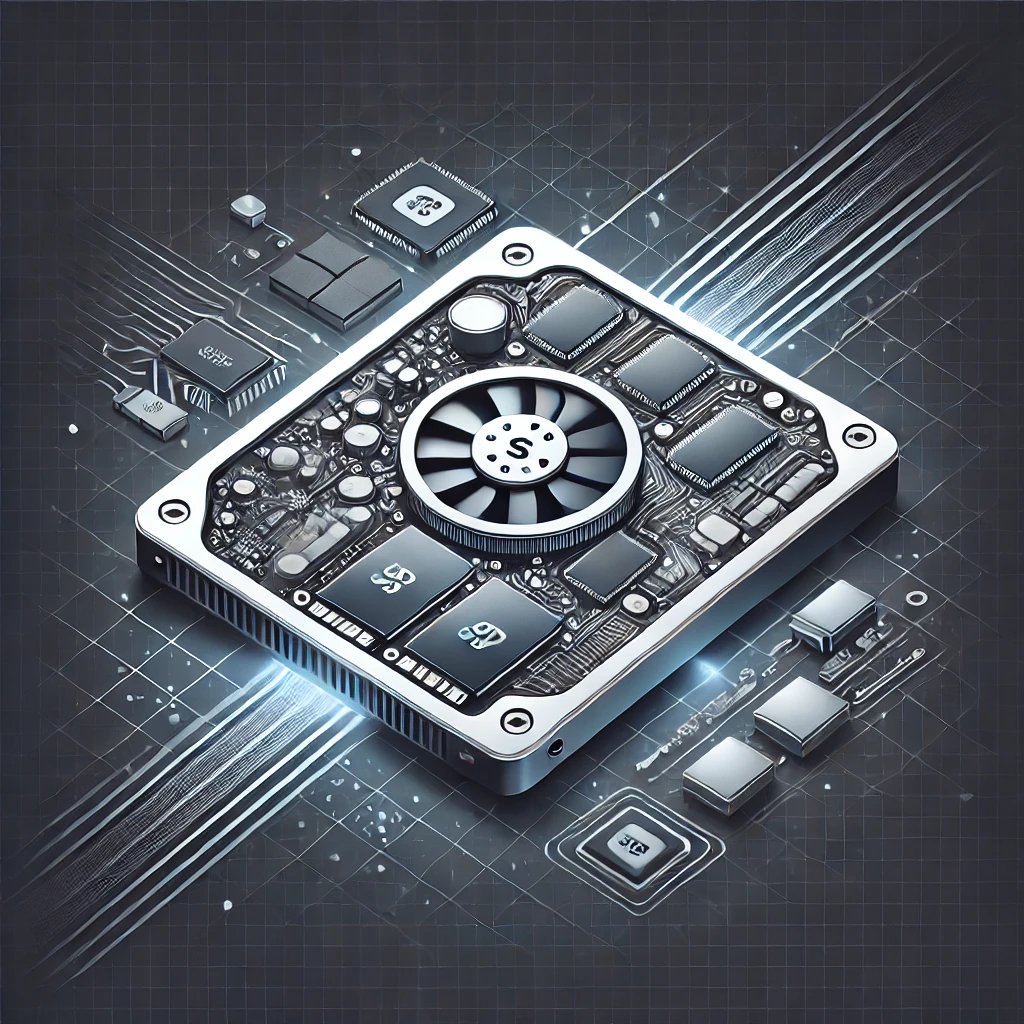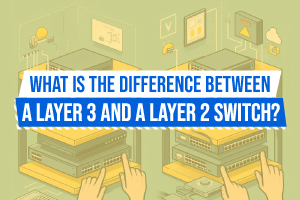DDR Memory Types Explained
DDR (Double Data Rate) memory has been a cornerstone of computer systems, providing the essential working space for data and applications. With each new generation, DDR memory has evolved, delivering improved performance, increased capacity, and enhanced efficiency. But with different types of DDR memory available, it can be challenging to navigate the landscape and understand the unique features and benefits of each. In this comprehensive blog post, we embark on a journey to demystify DDR memory types. We delve into the characteristics and advancements of DDR, DDR2, DDR3, DDR4, and DDR5, shedding light on their key differences, performance attributes, and compatibility considerations. Whether you're a tech enthusiast or a system builder, join us as we unlock the secrets of DDR memory and empower you to make informed choices for optimal system performance and future-proofing.
The list of DDR (Double Data Rate) memory types includes:
DDR (DDR1): DDR was the first iteration of DDR memory technology. It offered improved performance compared to the earlier SDRAM (Synchronous Dynamic Random-Access Memory) by allowing data transfers on both the rising and falling edges of the clock signal.
- Introduced double data rate technology, allowing data transfers on both the rising and falling edges of the clock signal.
- Improved memory performance compared to the earlier SDRAM (Synchronous Dynamic Random-Access Memory).
- Operated at lower voltages than SDRAM.
- Available in various speeds ranging from DDR-200 to DDR-466.
DDR2: DDR2 introduced further improvements over DDR1 in terms of higher data transfer rates, reduced power consumption, and increased memory capacities. It provided enhanced performance for computing systems.
- Higher data transfer rates and improved bandwidth compared to DDR1.
- Increased memory capacities and improved efficiency.
- Lower power consumption compared to DDR1.
- Operated at higher frequencies, with speeds ranging from DDR2-400 to DDR2-1066.
DDR3: DDR3 succeeded DDR2 and brought significant advancements in data transfer rates, latency, and power efficiency. It offered higher frequencies, improved bandwidth, and increased memory densities compared to its predecessors.
- Further increased data transfer rates and improved bandwidth compared to DDR2.
- Higher memory capacities and improved power efficiency.
- Reduced operating voltage compared to DDR2.
- Introduced new features like on-die termination (ODT) to improve signal integrity.
- Available in speeds ranging from DDR3-800 to DDR3-2133 (with higher overclocked speeds).
DDR4: DDR4 is the next-generation DDR memory technology. It further improved data transfer rates, reduced power consumption, and provided higher memory capacities compared to DDR3. DDR4 has become the standard memory choice for many modern computing systems.
- Significant increase in data transfer rates and bandwidth compared to DDR3.
- Higher memory densities and improved power efficiency.
- Increased system stability and reliability.
- Lower operating voltage compared to DDR3.
- Introduced new features like higher-speed data transfer, improved error correction, and reduced power consumption.
- Available in speeds ranging from DDR4-2133 to DDR4-3200 (with higher overclocked speeds).
DDR5: DDR5 is the latest DDR memory technology. It offers even higher data transfer rates, increased memory capacities, and improved power efficiency compared to DDR4. DDR5 is gradually being adopted in the market to support the growing demands of high-performance computing.
- Next-generation DDR memory technology.
- Offers even higher data transfer rates, increased memory capacities, and improved power efficiency compared to DDR4.
- Improved performance for data-intensive applications and emerging technologies like AI and machine learning.
- Introduces new features like increased bank groups, higher burst lengths, and advanced error correction capabilities.
Each generation of DDR memory technology introduced advancements in terms of data transfer rates, performance, power efficiency, and memory capacities. The choice of DDR memory type depends on the compatibility with the system's memory controller and motherboard, as well as the specific requirements and goals of the computing system.
